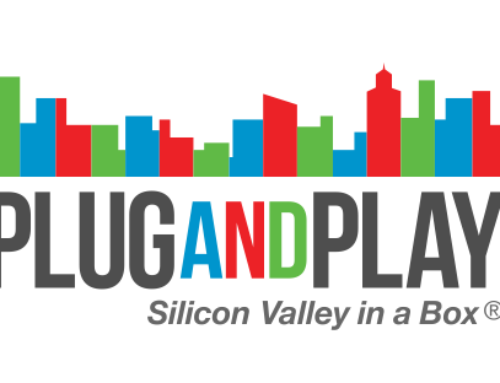Most predictions I have seen call for wearable techs to be a $30 billion to $50 billion dollar market by around 2018. I think the actual number will be much larger and that rapid enterprise adoption will be a key growth driver. My thinking is built on referencing other techs that enterprises have adopted, specifically cellular/smart phones, and social media.
Consider: The first call from a cellular phone was made from a Motorola lab in 1973. The first time that I can remember seeing someone walking around with one in my hometown was about 1985 — It was the approximate size and weight of a Second World War field radio, hauled about in a shoulder sling by the owner of a local real estate brokerage. It would be another 22 years (2007) before Apple Launched the iPhone. That’s 41 years from first call to a saturated smart phone market.
Social is a more recent example. Though the concept of networking via the web has been around a long time, many will point to GeoCities (1994), and the advent of blogging (1997) as the precursors of modern social networking. Things accelerated quickly from there, with the introduction of Google search (1998), Wikipedia (2001), LinkedIn (2003), Facebook (2004) and Twitter (2006). So, about 20 years from introduction to omnipresence for social.
Though many enterprises were initially reticent to accept smart phones and social as business tools (and surprisingly some still are), the curve of both enterprise and industry adoption has been sharper than the early predictions. I think the same will happen with wearable techs. Here’s why:
1. Technical fragmentation is less of an issue. Just 15 years ago, making the data from a disparate group of devices and operating systems play nice together was a complex technical challenge. Today, we have open source, the cloud, and a massive range of APIs and standardized content formats that make ingesting and interacting with data much, much easier. In short, the broader technical environment is more enterprise-friendly now, so enterprises face fewer risks and lower expense to adopt wearable techs, therby accelerating adoption and market growth.
2. The use cases are pretty much limitless. As is the case with most new techs, consumer-facing products and services are leading the charge in wearable markets. Fashion and fitness are the early growth segments and trendiness is a significant factor. But, also like most techs, enterprises are/will adopt wearables both to manage their business and to create industry-facing solutions. Examples: Activity data from wearable sensors are going to fundamentally change the way employee health and wellness works. Why pay $3,000 to $5,000 for an injured worked to get a four hour Functional Capacity Evaluation done in a doctor’s office, when you can study actual on-the-job performance using wearable sensors for half the cost, and have healthier, more productive employees as a result? Healthcare systems will use the data from wearables to make decisions about things like surgical orders of priority, and (eventually) will link wearable sensor data directly to electronic medical records, providing care givers both inside and outside the home with powerful new ways to measure, analyze and improve health. Insurance companies will use biometric data sets to modify actuarial tables and assess risks . . . Imagine you get an annual health insurance bill for $1,400, but are told that if you can get your steps up another 1,000 per day, and reduce your Body Mass Index 10%, then next year your bill will go down to $1,000. Do you see the enormous potential that exists for wearables to change how entire industries operate?
3. Big data = big money. The data that will be produced by wearable techs of all manner is tremendous in scope. Imagine 100 million wearables out there, all with multiple sensors, measuring and reporting data perhaps two or three times every minute. Those billions, or trillions of data points that will be produced are fertile ground for mining extremely valuable business intelligence and unique intellectual property. Driven by increasingly more powerful and detailed algorithmic logic, I suspect that the data analytics market for wearables alone will eclipse current whole-market predictions.
4. Millennials move into management. Technology adoption is embedded in millennial culture in the same way that food, music and clothing are tenets of traditional culture. As millennials move into top offices, they will take this philosophy, along with their tendencies for fearless decision-making and intellectual agility and they will drive enterprises rapidly into adoption of wearable technologies, to the great benefit of shareholders, employees, clients and markets. The fear/risk-aversion/trepidation associated with grey-haired, conservative, old-dog captains of industry, will be summarily and unceremoniously replaced by millennial leaders’ clear vision of a future where technology is an embedded part of daily life across all nations, networks and market landscapes.
In my 20 years working on the bleeding-edge of innovation and commercialization, I have never seen a market move as quickly as wearables — It’s going to be worth a lot more than $50 billion.
It’ll happen sooner than you think, and it’ll be bigger than anyone ever imagined.






